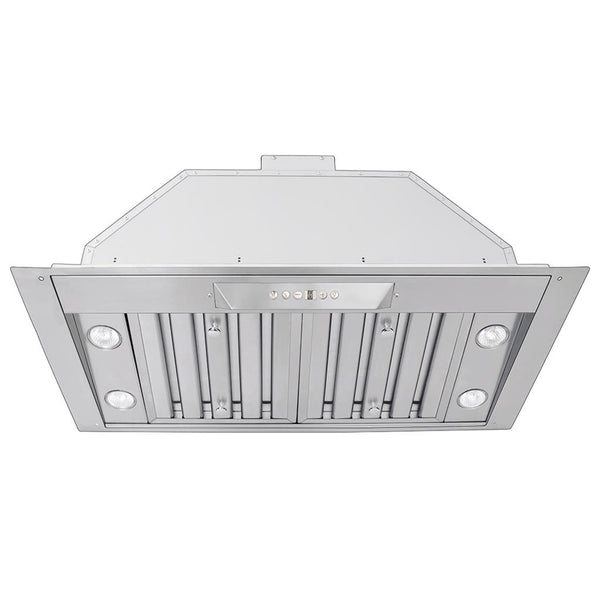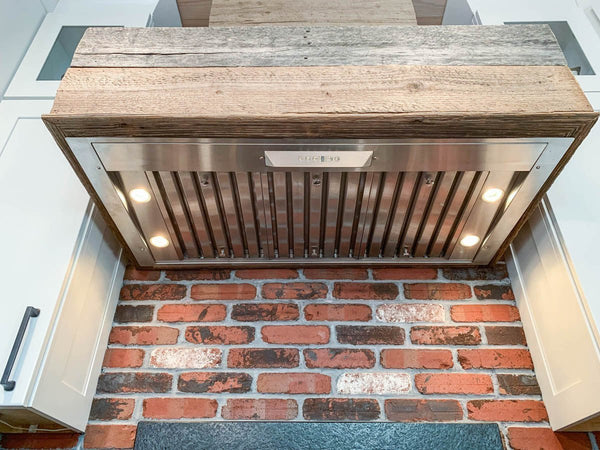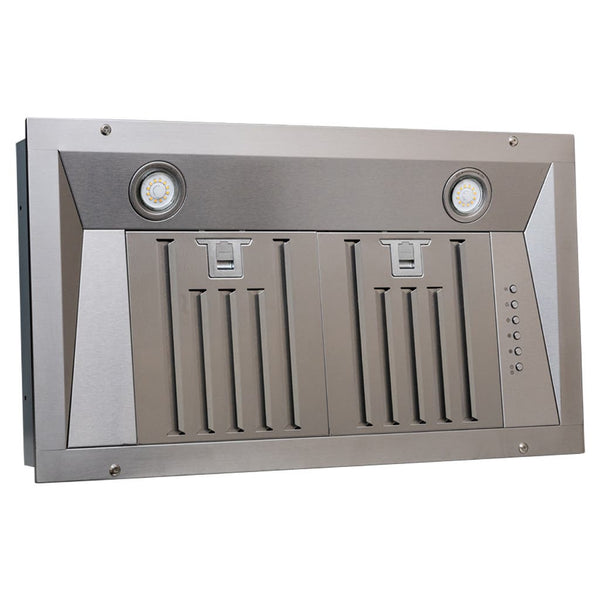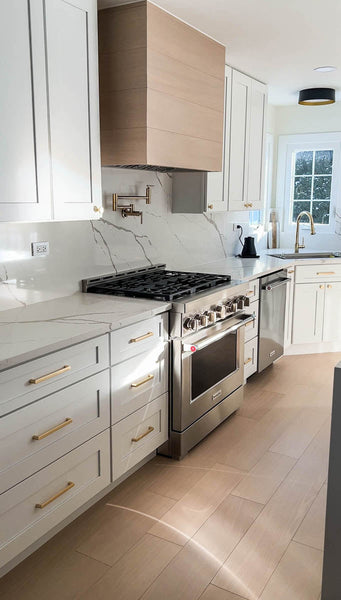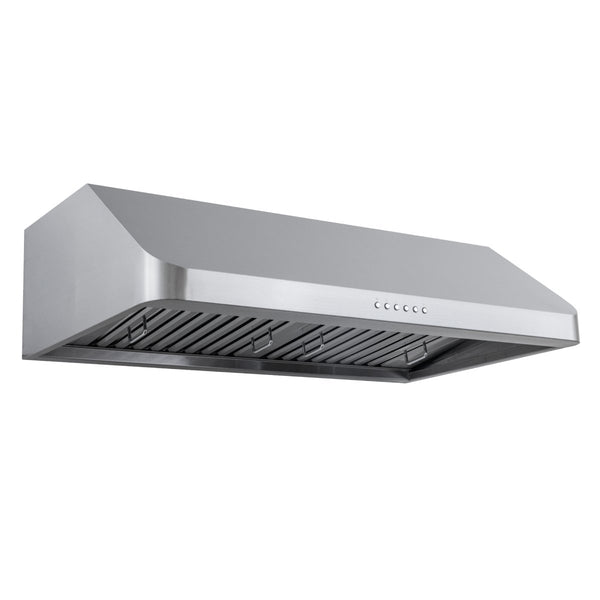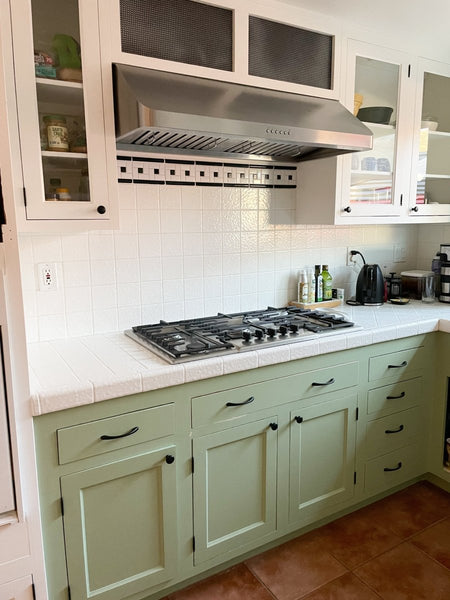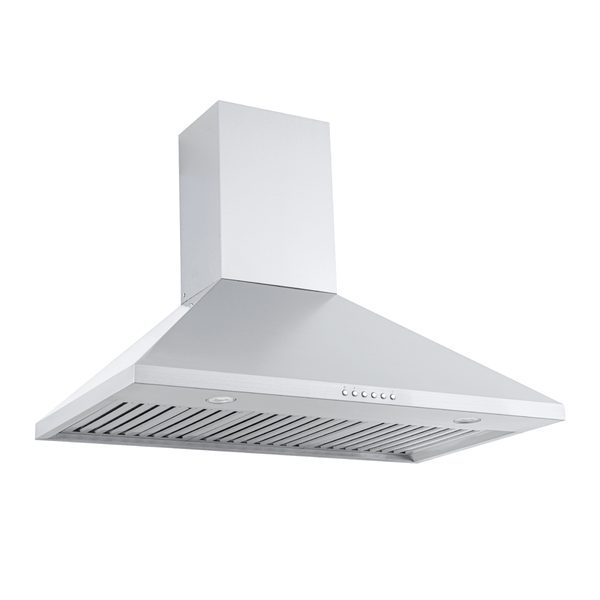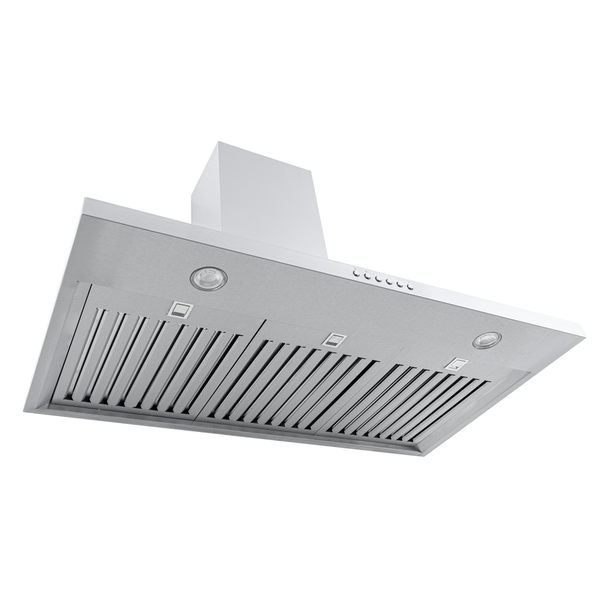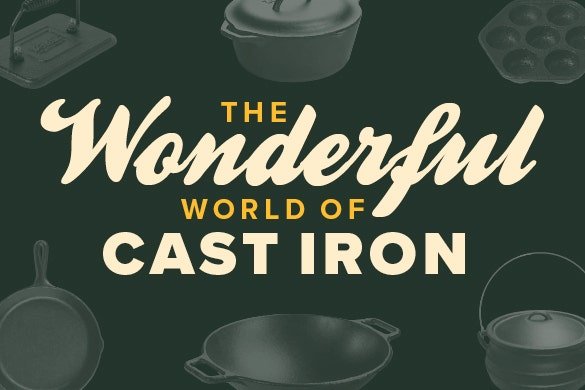Did you know that cast iron was first made in China around the 6th century BCE? It was first used to make tools and weapons.
Cast iron was not widely used for cookware until around 200 BC with the invention of the wok. Woks are still widely used today to stir fry, braise, steam, deep fry…you name it! In fact, you might have one in your kitchen cabinet right now.
Isn’t it cool that the cookware you use today traces back thousands of years? Not every cast iron pan made its way to America though. Diverse cultures across the world manufactured their own pans for everyday use, including cookware from Denmark to South Africa and beyond.
Most modern cast iron pans used in America were invented and popularized in the last few hundred years. Here is a snapshot of the history of cast iron cookware.

Cast Iron Wok
What is a cast iron wok?
A cast iron wok is a steep pan with a handle (sometimes two), a small circular bottom and wide sloped edges. Traditional woks have a round bottom, supported by a wok ring. But flat bottomed woks are popular today too. You can use a flat bottomed wok on an electric or induction stove.
History of Cast Iron Woks
The first woks were made of cast iron around 200 BC during the Han dynasty in China. The cast iron wok was first used to dry grains.
In the mid 14th century during the Ming dynasty, the Chinese started to use woks for stir frying. Stir frying is the most popular use for cast iron woks today. They’re also used for braising, roasting, steaming, and deep-frying.
Like a wok, a karahi was adopted by the people of India and other South Asia countries. The karahi is a thick pan with steep sides.
Manufacturers today make karahi in cast iron, stainless steel, and copper. The karahi is used to shallow fry, deep fry, or make stews.
Karahi also refers to a delicious traditional chicken dish: chicken karahi. Here’s a recipe.
Tagine
You probably don’t recognize this cast iron pot, as it’s not used widely in modern American cooking.
What is a tagine?
Traditionally, tajines were clay pots cooked over hot coals to make stew. The food was covered over a cone or dome-shaped lid. Tagines were popular across North Africa in Algeria, Morocco, and Tunisia.
Centuries later, European companies manufactured tajines with cast iron bottoms. These were made for use on the stovetop. Cast iron retains heat well so this innovation made cooking a little easier.
Today tajines are used in the Middle East and North Africa.
Tajine is also the name of a delicious recipe, often prepared with chicken or beef. Here’s one you can try out!
History of the Tajine
The tagine, or tajine, originated in modern-day Iran during Harun al-Rashid’s rule in the 9th century.
He ruled during the Abbasid dynasty, specifically the fifth Abbasid caliph. The Abbasid people were Arabs who ruled from the mid 8th century to the mid 13th century.
The first mention of a tagine in writing appeared in a collection of stories written in Arabic, called One Thousand and One Nights.
Æbleskiver
You might recognize the æ as a Danish letter. Maybe you’ve seen the æbleskiver at a traditional Danish bakery or restaurant. But, if you’re American, chances are high you have never seen this pan before.
What is an Æbleskiver pan?
The Æbleskiver pan is flat and circular with a handle. It has spherical indents to add the batter. The closest pan we have to an æbleskiver in America is probably a muffin tray. But the two pans look quite different.
The cast iron pan is used to cook æbleskiver, a Danish sweet made with buttermilk and wheat flour. It originates from Denmark in the 9th-10th century.
History of Æbleskiver
The exact origin is unknown, but historians speculate that Vikings first made æbleskiver in their shields and helmets after a long battle. I know; that can’t be sanitary!
Luckily nowadays shields are off limits; æbleskiver are made in æbleskiver pans only!
Cast Iron Flat Top Grills/Griddles
History of the Flat Top Grill
The flat top grill was first used in Mexico and Central America to cook corn dough. The first grills were made of clay, then metal once they were adopted by the Spanish around the 16th century.
These cast iron grills are known as planchas. They are used in both homes and restaurants.
Have you ever been to an Asian restaurant where a professional chef cooks food at your table? These chefs cook your food on a flat top grill.
Tetsubin
On to another cast iron pot you likely haven’t heard of: the tetsubin.
What is a tetsubin?
Tetsubin are cast-iron kettles with a handle, lid, and spout.
History of the Tetsubin
Tetsubin originated in Japan around the 17th century. Historians believe they became popular as the Japanese began to drink sencha, a Japanese tea.
These teapots are popular today in homes and restaurants. You can find several different colors and styles of tetsubin teapots online.
Cast Iron Dutch Oven
What is a cast iron dutch oven?
The dutch oven is a deep cast iron skillet with a removable lid. It is great for roasting and braising meats and making stews.
History of the Cast Iron Dutch Oven
The first cast iron dutch oven was invented in 1710 by Englishman Abraham Darby. Darby was a metalworker who made mills for breweries.
In the Netherlands he was studying how the Dutch made brass pots and cookware. After starting his own brass mill business in 1706, he realized he could make mills with a cheaper metal: cast iron.
After some trial and error, Darby was successful at making the first cast iron dutch oven.
The first Dutch ovens had no legs. But in the mid 18th century, legs were added to help keep the oven above the coals. Also, the flanged lid was invented, which keeps hot coals out of the food.
Today, cast iron dutch ovens are not as popular as black enameled steel, which is much lighter.
Potjie
What is a potjie?
The potjie, or potjiekos, is a South-African dutch oven that was first used by Dutch settlers in the early 19th century. It is a round, deep cast iron pan with three legs.
History of the Potjie
Traditionally, the potjie was used to cook venison stew over an open fire. It’s still used in Africa today but not as popular in America. Potjiekos is an Afrikaans word, “pot” meaning pot, and “kos” meaning food.
Potjie is also a South African stew that’s made in layers. First, you add your meat. Traditionally this would be venison or game. But nowadays you can use whatever meat you like. Then you add vegetables, starch (such as potatoes), and then the sauce. If they had it, the Voortrekkers who first cooked with potjies would add beer or wine to the stew. But it’s not required.
When cooking, potjie is not stirred at all. You just layer the ingredients and let it cook.
The cool thing about potjie is that there is no one right recipe. You can tweak the meat, vegetables, or starch to your liking. Here are a few different recipes you can try if you are feeling adventurous.
Cast Iron Frying Pan
History of the Cast Iron Skillet
Cast iron frying pans or skillets were popularized after the kitchen stove was invented in the mid 19th century. By the 20th century, most families had at least one cast iron pan. Enameled cast iron became popular, which doesn’t require seasoning and protects the pan from rust.
Both enamel and non-enamel cast iron skillets are popular today. Many people prefer cast iron pans without enamel. An enamel coating will eventually wear down over time, especially if exposed to high temperatures.
You can cook a wide variety of food in your cast iron pan like meats, vegetables, and cornbread.
Frying pans are also made in aluminum, copper, stainless steel, anodized aluminum, and carbon steel.
Today non-stick aluminum pans are the most popular. But cast iron pans are still attractive because of their high heat retention. For some people, their pans were passed down for generations. So they have some sentimental value.
Cast Iron Waffle Irons
History of Cast Iron Waffle Irons
Waffle irons date all the way back to Ancient Greece. The first stovetop waffle iron was patented in the mid 19th century in the US.
By the late 19th century, almost every major U.S. manufacturer made a cast iron waffle maker. These waffle makers are popular in restaurants where waffles need to be made quickly.
The electric waffle iron is what you see in many homes today, first manufactured by General Electric in the early 20th century
Panini Press
What is a panini press?
A panini press heats food to a desired internal temperature while melting cheese, giving food a crispy texture, or creating grill marks.
There are two types of panini presses: handheld and hinged. The handheld press is a metal piece with grill marks and a handle. You press the metal against a sandwich on a frying pan. This creates amazing grill marks!
Hinged panini presses have two metal plates with a hinge. You put the sandwich inside, close the panini press, and wait!
History of the Cast Iron Panini Press
Records of the first panini press date back to 16th century Italy. But Thomas Edison is credited with inventing one of the first to appear in America in the 1920s. Yes, the same guy who invented the first lightbulb! It features two cast iron plates with a hinge that closes and heats the sandwich.
When the Great Depression hit, Edison’s panini presses were discontinued. They didn’t see light again until the late 20th century. Panini presses were first commercially manufactured by Breville, an Australian appliance manufacturer, in the 1970s.
Cast Iron Crepe Maker
History of the Cast Iron Crepe Maker
The first crepe makers were made of cast iron plates, cooked over an open fire. Today the cast iron plates are encased in stainless steel.
Relative to other cast iron cookware, crepe makers arrived pretty late: in the mid 20th century.
Crepe makers are most often used in restaurants. They were first available as electric, then gas. One of the first companies to manufacture crepe makers was Krampouz in Brittany, France.
That wraps up our article on the evolution of cast iron cookware! We hope you enjoyed it and learned something new!
Are you considering buying some cast iron cookware? Learn more about cast iron from our posts below!
